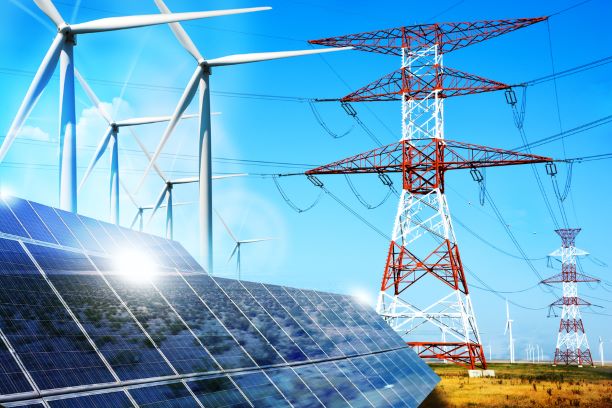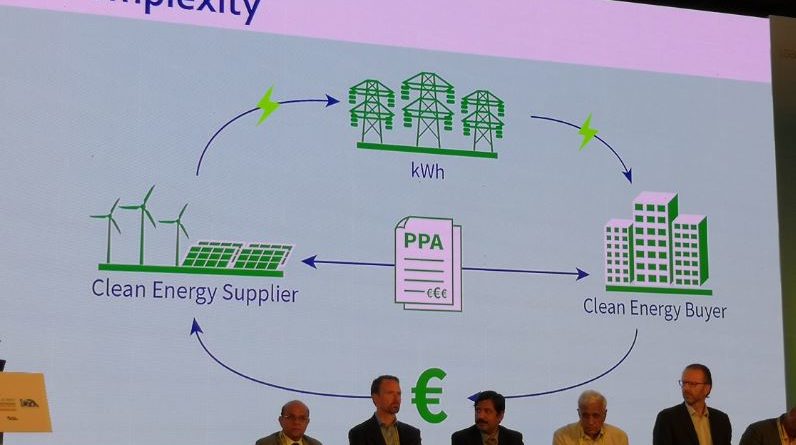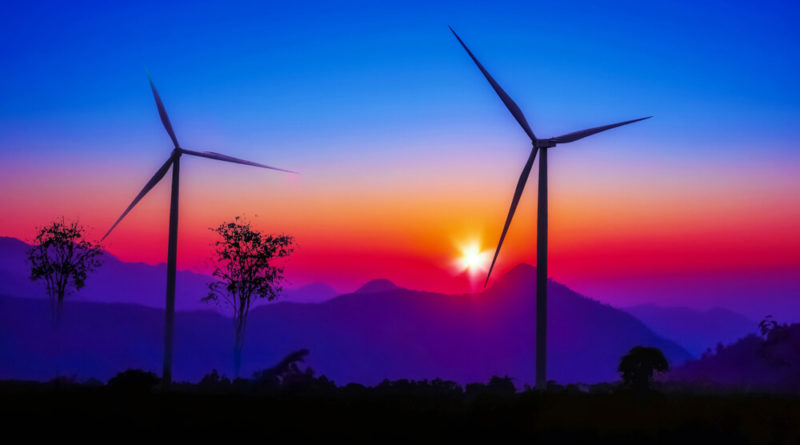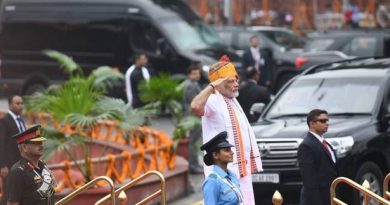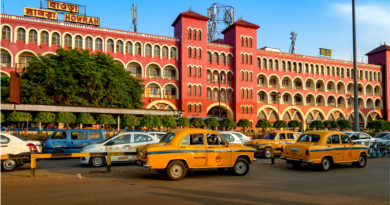CERC Changes Regulations To Ease Cross Border Electricity Trade
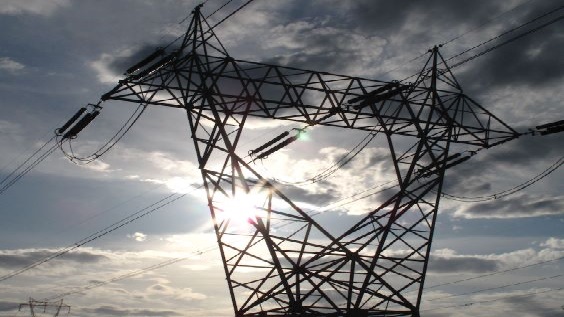 Pending Upgrades soon!
Pending Upgrades soon!
Soon after the power ministry revised its guidelines for the import and export of electricity and power trading with neighboring countries and added Renewable Power in the mix; The Central Electricity Regulatory Commission or CERC has issued new guidelines for the seamless cross border trade of electricity.
Key highlights of The Central Electricity Regulatory Commission (Cross Border Trade of Electricity) Regulations, 2019:
- These regulations will apply to the participating entities in India and neighboring countries which are engaged in cross-border trade of electricity with India. Cross-border trade of power between India and the neighboring countries will be allowed through mutual agreements between Indian entities and entities of the neighboring countries under the overall framework.
- In case of tripartite agreements, the cross-border trade of electricity across India will be allowed under the overall framework of bilateral agreements signed between Government of India and the governments of the respective neighboring countries of the participating entities.
- The Ministry of Power will be responsible for designating an authority to facilitate the process of approval and laying down the procedure for import and export of electricity. The designated authority will coordinate with any authority nominated by the concerned neighboring countries for all purposes related to cross border trade in electricity.
- Transmission Planning Agency shall be responsible for the planning of transmission system for the purpose of facilitating cross border trade of electricity and may coordinate with the Transmission Planning Agency of the concerned neighboring country, wherever necessary. For India, this function shall be discharged by the Designated Authority.
- Settlement Nodal Agency shall be responsible for settling all charges pertaining to grid operations including operating charges, charges for deviation and other charges related to transactions with a particular neighboring country in the course of cross border trade of electricity. The Settlement Nodal Agency shall be a member of the deviation pool, reactive energy pool and other regulatory pools for payment and settlement of the corresponding charges in the pool accounts of the region having connectivity with any neighboring country.
- National Load Dispatch Centre shall act as the System Operator for cross border trade of electricity between India and the neighboring countries and shall be responsible for granting short-term open access and for billing, collection, and disbursement of the transmission charges for short-term open access transactions in accordance with the Sharing Regulations.
The central body is in favour of setting up a regional market for power trade across South Asian countries. This will be an extension of proposals for facilitating cross-border power trade. The market is expected to connect member countries of South Asian Association for Regional Cooperation (SAARC).
SAARC countries have already entered into a framework agreement for energy cooperation aimed at promoting energy trade, developing clean energy and energy efficiency, among others. But there has not been much progress in electricity trade under this framework.
On its part, the Centre which issued guidelines on cross border trade of electricity in 2016 revised them this year. The uniform framework for undertaking cross border trading of electricity can relieve Discoms which have been cash strapped and pay the fixed cost of power over the cost of power it purchases from RE sources. Industry analysts see the latest guidelines issued by the Power Ministry as far more ‘industry friendly’, allowing a wider set of generators, using commercial or renewable resource, to export more freely.
As much as 7.2 billion units (BU) were supplied to Nepal, Bangladesh and Burma in FY 17-18 and 6.4 BU has been exported to these countries in the first ten months of FY 18-19. Cross-border trade on power exchanges can open up an annual potential market of additional five-six BUs of electricity going ahead.
Published with permission from Saur Energy.


